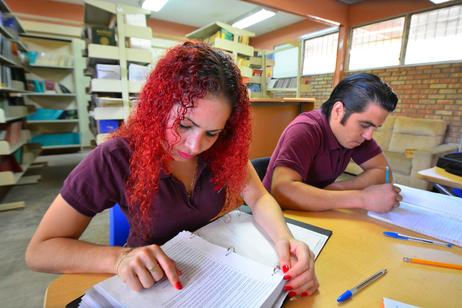The last year and a half have been difficult for all of us, but perhaps most difficult for young people who were already at a transition point in their lives. The decision to go to college is a major one even in a normal year, and one that should not be made lightly. Throwing a global pandemic into the mix complicated the situation for thousands of students, many of whom put their college plans on hold.
Now that the pandemic is slowly getting under control, experts and educators alike wonder whether we’ll see a return to normalcy in the world of academia. Thousands of students who chose to take a gap year may or may not return and, even if they did, the college experience may not be what it once was.
In this article, we’ll explore the subject of declining enrollment in the aftermath of the pandemic along with a worsening problem – the gender gap.
Community College Enrollment Pre-Pandemic
While the SARS-CoV-2 virus responsible for the COVID-19 pandemic was discovered in 2019, its global impact wasn’t truly felt until 2020. To understand the impact of the pandemic on the nation’s education system, we need to first take a look at enrollment data prior to the pandemic.
According to data from the Provisional National Center for Education Statistics (NCES), roughly 8.2 million undergraduates were enrolled in two-year public colleges for the 2018-19 school year. In the fall of 2019, 5.5 million students were enrolled –





















